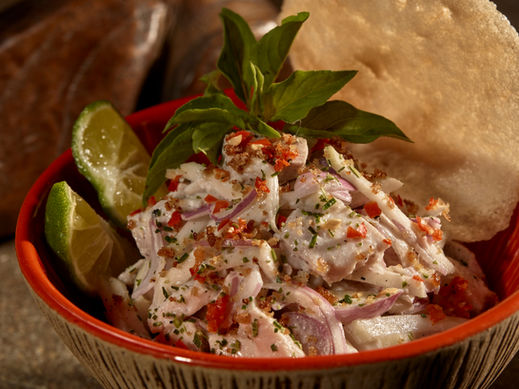Food & Beverage Photography
When I first arrived in Bali in 1990 as Executive Chef of the Grand Hyatt, leading over 160 chefs in several kitchens, I could not have imagined the journey that lay ahead. It was in those early days, surrounded by the richness of Balinese flavors and traditions, that I was introduced to a cuisine unlike any I had known before. What began as a deep appreciation for local food soon transformed into a lifelong passion—for cooking, learning, preserving, and eventually, photographing Indonesia’s diverse culinary heritage.
Over the years, I have been fortunate to document this journey through 10 cookbooks dedicated to Balinese and Indonesian cuisine—books that celebrate not only dishes, but the people, traditions, and stories behind them. These experiences, from bustling markets to quiet village kitchens, shaped the way I see food—not just as something to eat, but as a beautiful, cultural expression worthy of being captured and shared.
It was through developing and styling dishes that photography slowly found its place in my life. Food became my canvas, and the camera, my brush. The textures, colors, and delicate artistry of every plate offered an entirely new way to tell a story—one that goes beyond taste to embrace visual emotion.
The images in this gallery are a reflection of this journey. They feature a wide spectrum of dishes and beverages that we proudly serve in our restaurants: Bumbu Bali, Art Café Bumbu Bali, (www.artcafebumbubali.com) and through our Cooking School. Each photograph captures not just a recipe, but the soul of the cuisine—rooted in authenticity, tradition, and respect for ingredients.
Indonesia’s culinary landscape is incredibly diverse, shaped by centuries of trade, migration, and local ingenuity. From the fiery curries of Sumatra to the refined ceremonial dishes of Bali, the food tells a story of islands connected by culture and flavor. Influences from China, India, the Middle East, and Europe have all found their way into Indonesian kitchens—yet each dish retains a distinctly local character.
As a photographer and chef, my role has always been to respect this diversity and bring it to life visually. Every dish is styled with care, photographed in natural light whenever possible, and presented to honor its origins. My hope is that these images don’t just make you hungry—but also curious, inspired, and appreciative of the culinary richness of this archipelago.
If you are a chef, publisher, brand, or creative agency seeking high-quality, culturally rooted food photography, I warmly welcome collaborations. My team and I offer our passion and skills for editorial features, cookbooks, advertising campaigns, restaurant menus, and more.
All images in this gallery are available as fine art prints in various sizes or as high-resolution digital files for commercial or personal use. Whether you're looking to elevate a space, tell a culinary story, or enhance your brand’s visual identity, I would be honored to be part of your project.
Thank you for visiting this gallery. I invite you to explore each image with an open heart
and perhaps a hungry one, too.



























